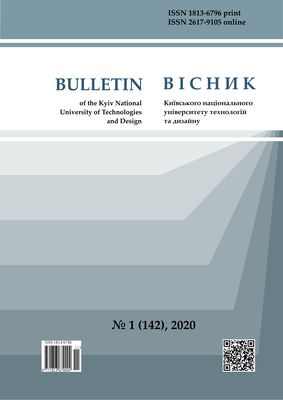THE CENTRIFUGAL MIXERS DESIGNS INFLUENCE ON THEIR SMOOTHING ABILITY
DOI:
https://doi.org/10.30857/1813-6796.2020.1.1Keywords:
mixer, bulk material, discrete element method, rotor, turbulizerAbstract
Studying the influence of continuous centrifugal mixers design features on their smoothing ability. The methods used are discrete elements, mathematical modeling and regression analysis. The paper considers five continuous centrifugal mixers designs with conical and parabolic rotors. The mixers design features are determined, allowing to change their smoothing ability. Mathematical models of the bulk materials particles movement inside each mixer have been developed based on the discrete element method. The considered mixers reaction to a step change of the key component amount is investigated. The transients parameters are calculated and the particles average residence time in the mixer is determined. It is established that the introduction of turbulizers in the mixers design increases the particles kinetic energy, which leads to a decrease in their residence time in the mixer. Moreover, the absence of a turbulizer leads to a decrease in the mixing intensity. It was also found that the most effective way to increase the mixer smoothing ability is the introduction of additional rotors. In terms of the technological and design parameters combination, the use of mixers with a conical rotor and a turbulizer is the most effective from the point of view for increasing the smoothing ability. On the discrete element method basis, the bulk materials particles movement models in continuous centrifugal mixers of five designs have been developed. The influence of the mixers design features on their smoothing ability and average mixing time is determined. The results obtained allow us to select the appropriate mixer design according to the specified requirements for smoothing ability.

